When School Doesn’t Fit the Child: Exploring Alternatives Without Shame
School is often seen as a one-size-fits-all solution, yet for many children, traditional education models may not align with their learning needs, personalities, or circumstances. Exploring alternative education paths can open doors to growth and fulfillment, free from stigma or guilt. Understanding these options helps to support every child’s right to thrive, regardless of how unconventional the journey may seem.
1. Homeschooling
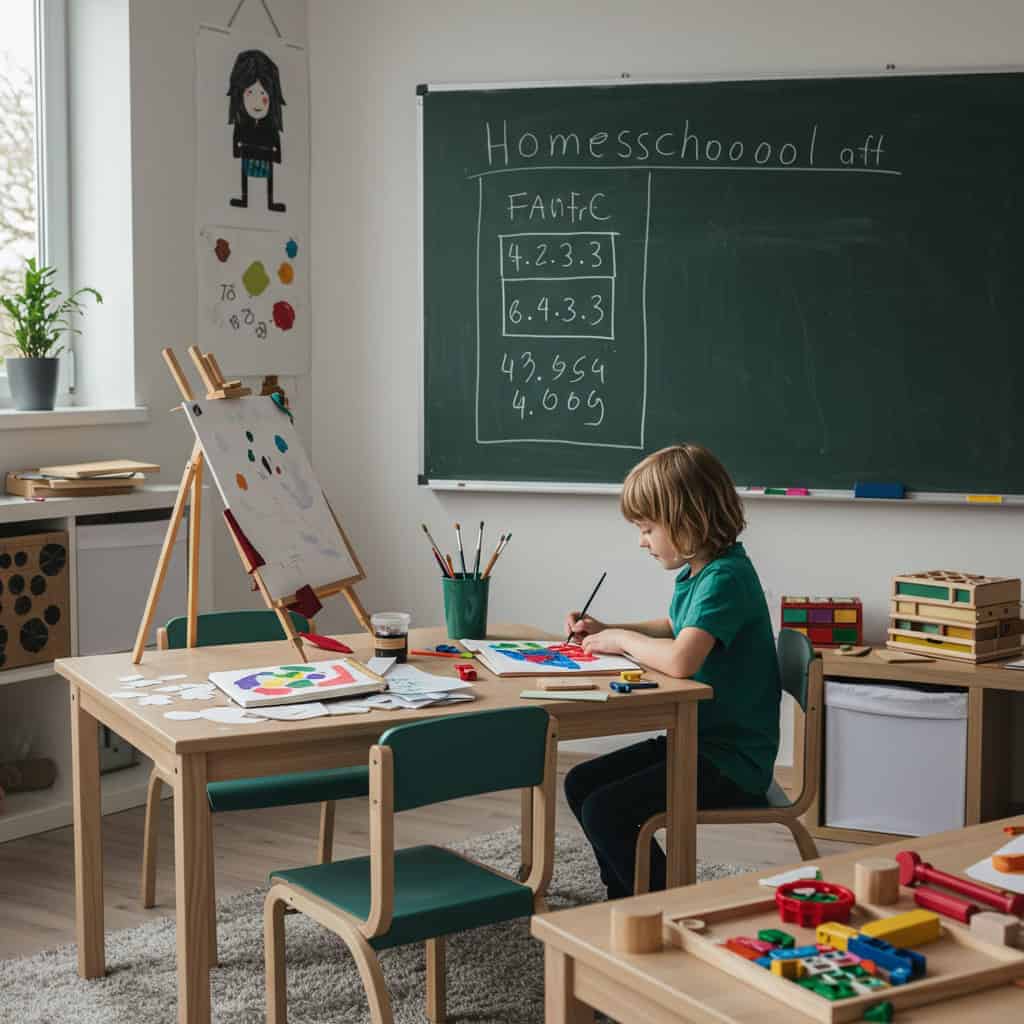
Homeschooling allows families to tailor curriculum and pace to a child’s unique interests and learning style. This approach can foster deeper engagement and reduce stress for children who find traditional classrooms overwhelming. States regulate homeschooling differently, so it’s essential to review local guidelines before getting started.
2. Online and Virtual Schools
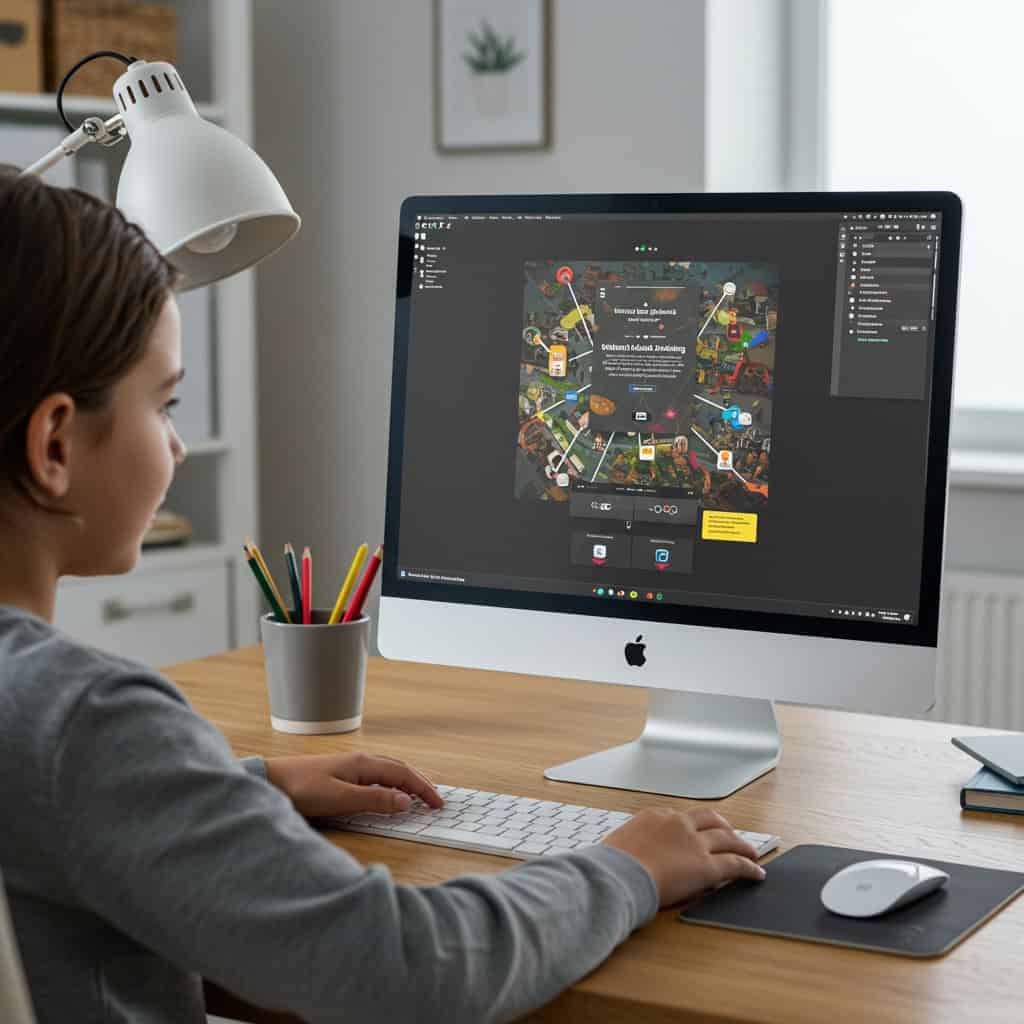
Online schools provide structured lessons remotely, offering flexibility for students who thrive with self-paced or technology-driven learning. Accredited programs, blend certified teachers with engaging digital content. These schools are recognized by state education boards, ensuring educational standards are met.
3. Montessori Schools
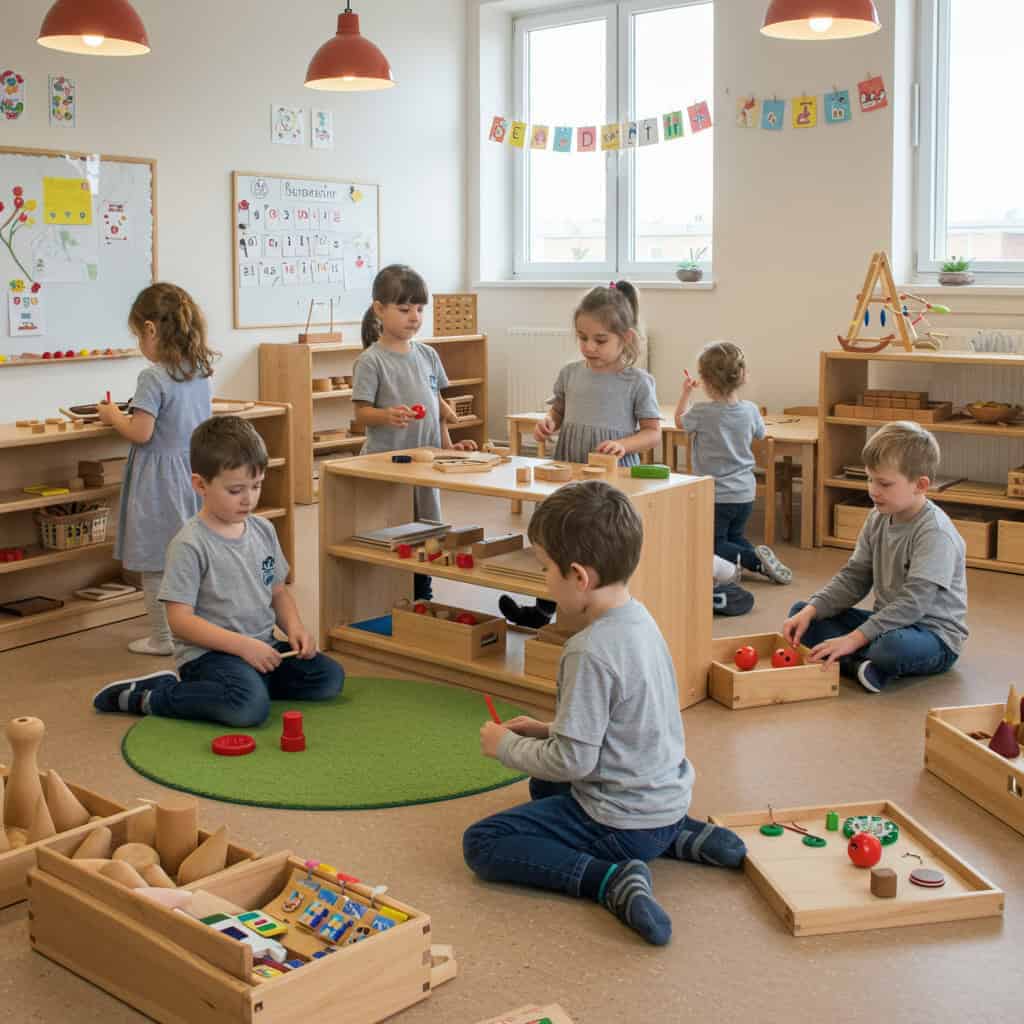
Montessori education emphasizes self-directed learning, hands-on activities, and mixed-age classrooms. This child-centered approach encourages independence and curiosity, making it suitable for students who struggle with rigid structures or require more autonomy in their learning. Both public and private Montessori schools operate worldwide, providing diverse options for families.
4. Waldorf Schools
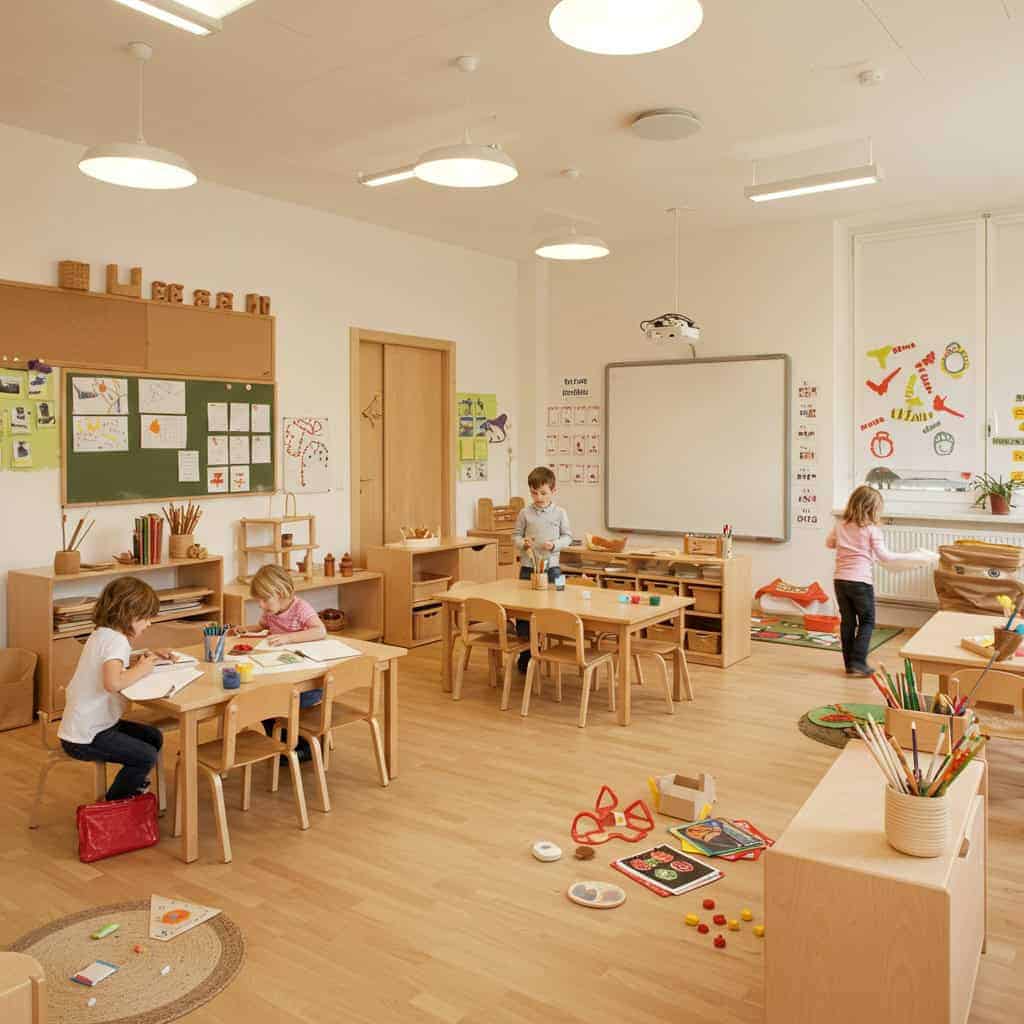
Waldorf schools prioritize creativity, the arts, and experiential learning over standardized tests. With a strong emphasis on imagination and holistic development, Waldorf education can benefit students who flourish outside traditional academic environments. This approach nurtures emotional and social growth alongside academics.
5. Unschooling
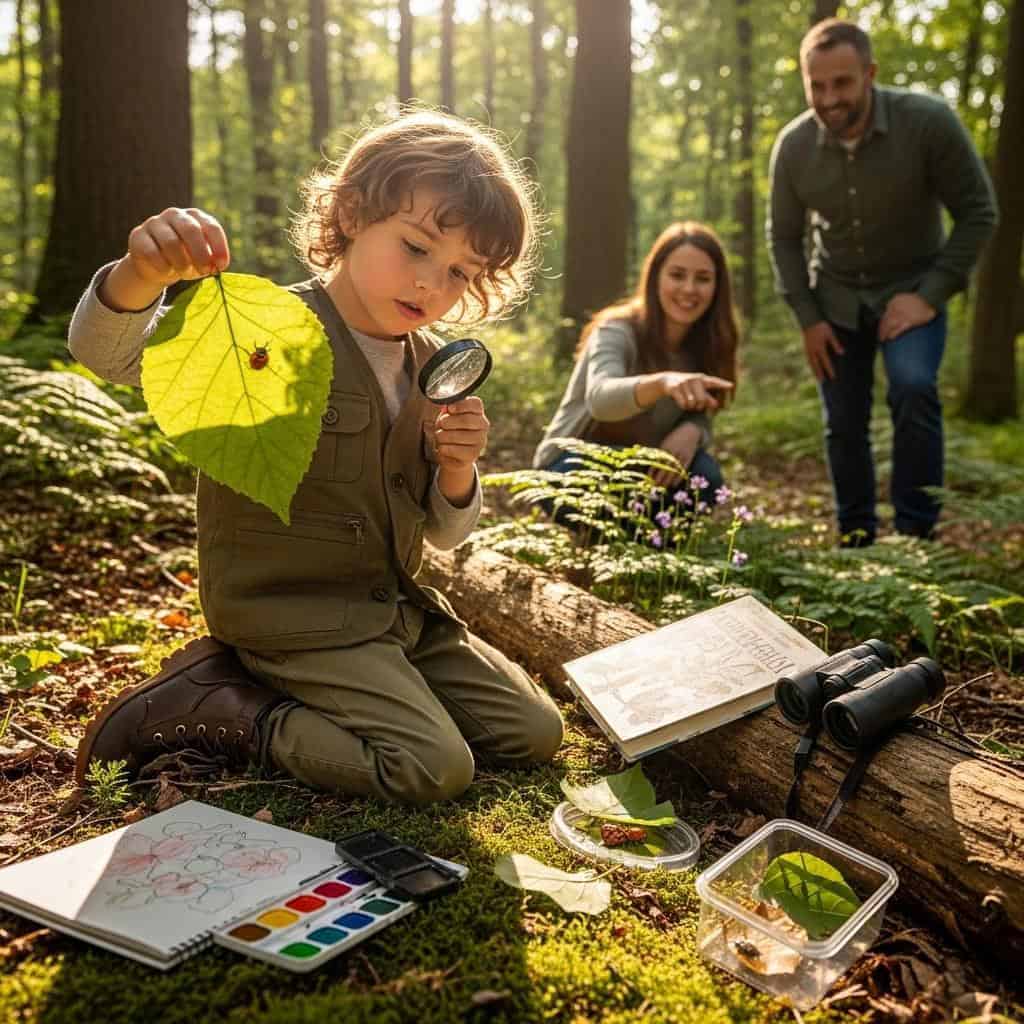
Unschooling is a learner-driven approach where education is guided by a child’s interests rather than a set curriculum. Families facilitate real-world experiences as learning opportunities, allowing children to pursue passions at their own pace. This method can be liberating for students who resist structure, but it requires attentive support and engagement from parents or guardians.
6. Charter Schools
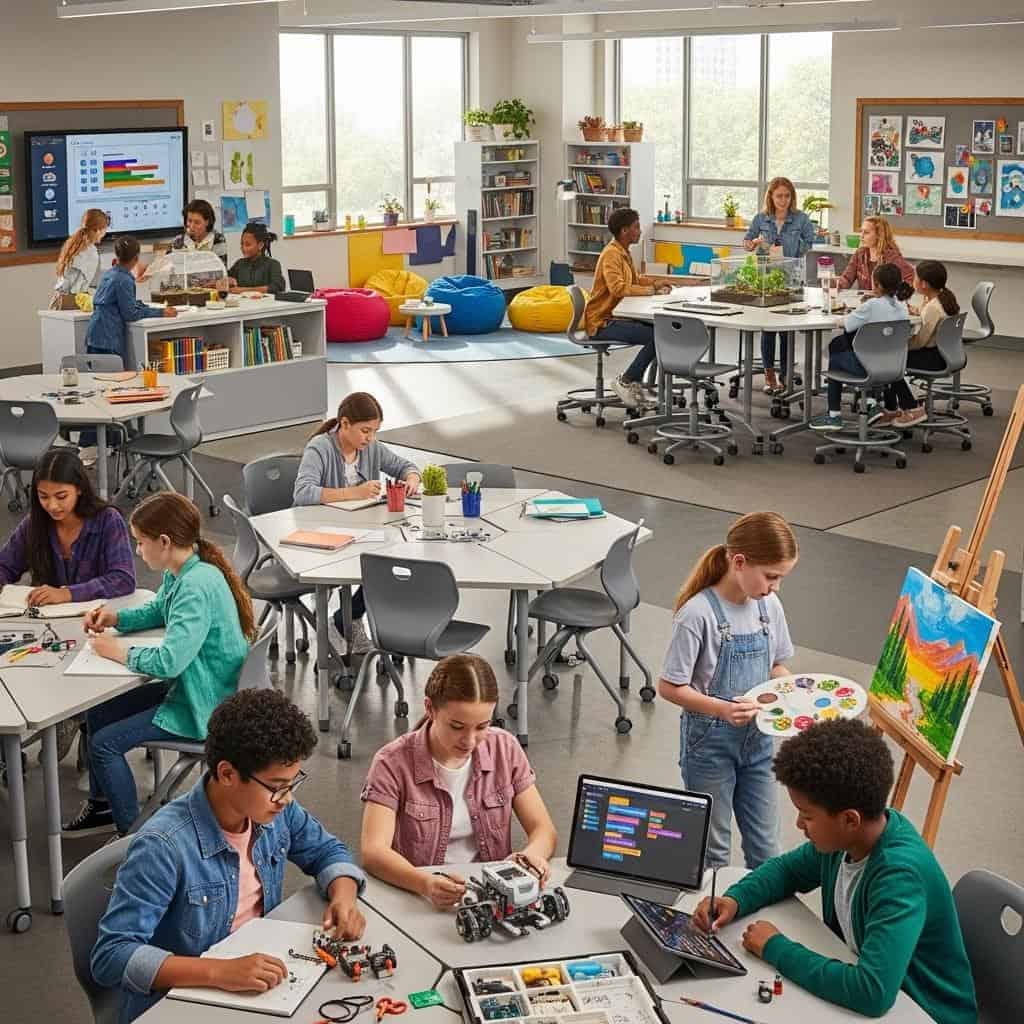
Charter schools are publicly funded but operate independently, often featuring specialized curriculums or unique teaching philosophies. They may offer project-based learning, STEM-focused programs, or arts integration, providing compelling alternatives within the public system. This flexibility allows charter schools to address diverse educational needs and learning styles.
7. Microschools and Learning Pods

Microschools and learning pods feature small groups of students learning together, often led by a teacher or tutor. This model, which gained popularity during the pandemic, offers personalized attention and a flexible curriculum tailored to the group’s needs. Microschools can be run independently by families or educators, or be part of larger educational networks.
8. Alternative Public Schools
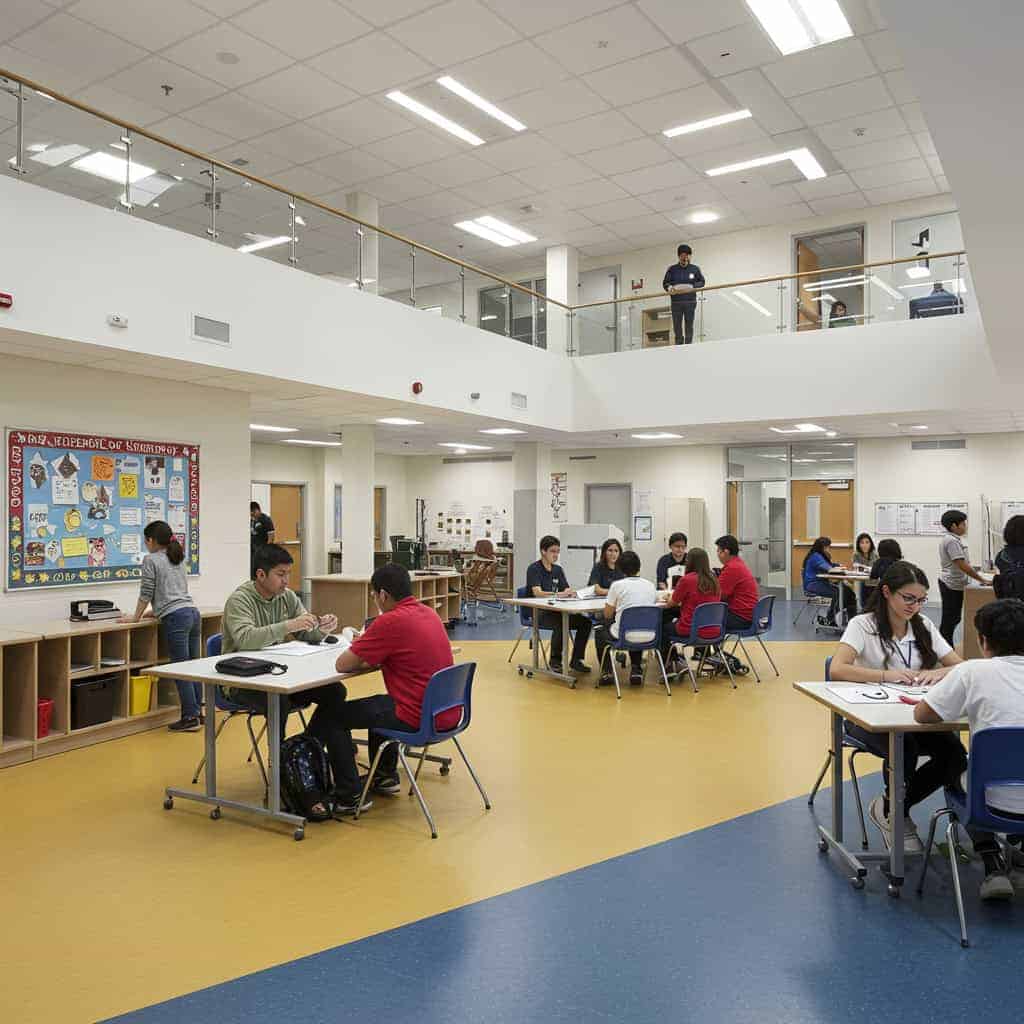
Some public school districts offer alternative programs designed for students who need different approaches, such as flexible scheduling, therapeutic support, or vocational training. These schools aim to keep students engaged and address diverse academic, social, or emotional needs within the public education system. Approaches can vary widely by district and state.
9. Democratic Schools
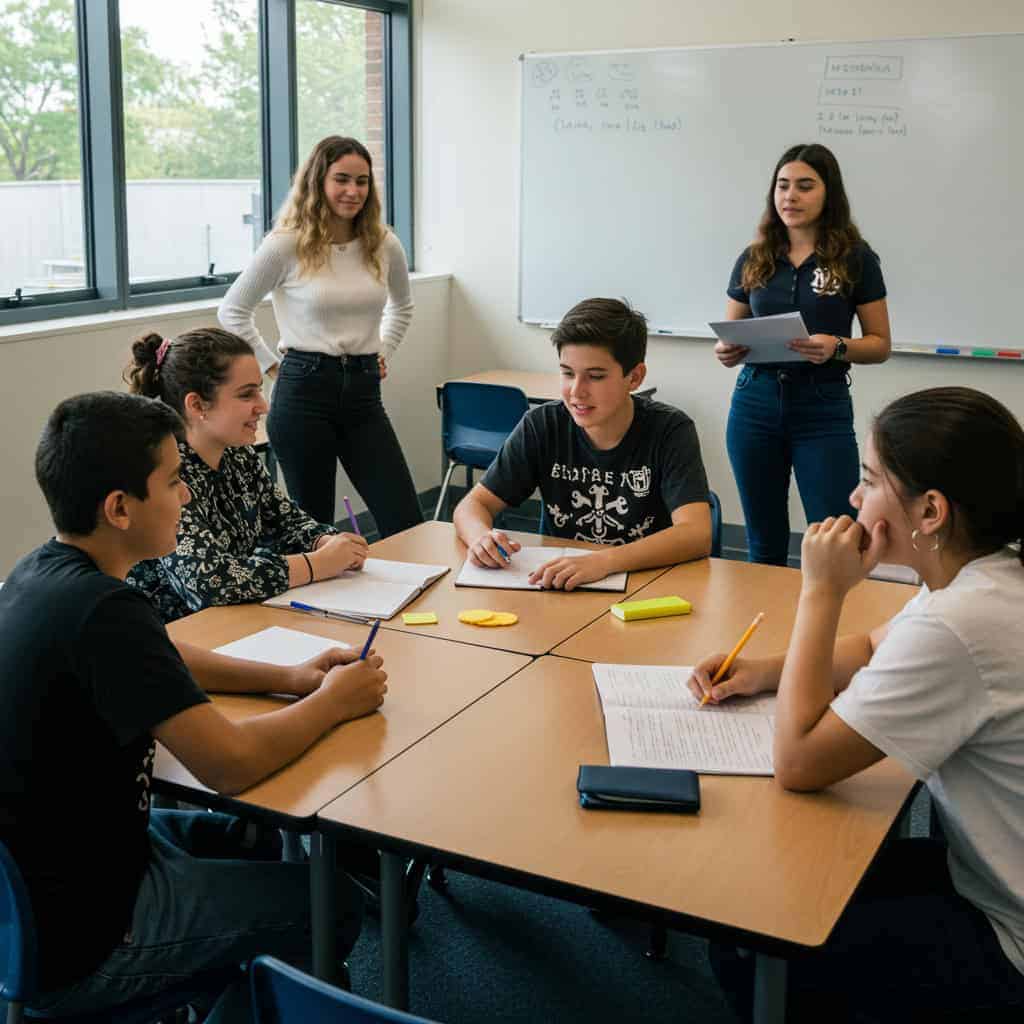
Democratic schools, such as those following the Sudbury model, empower students to make decisions about their learning and participate in school governance. This approach encourages children to take ownership of their education and nurtures responsible citizenship. Though these schools are still rare, their numbers are slowly increasing worldwide.
10. Hybrid Education Models
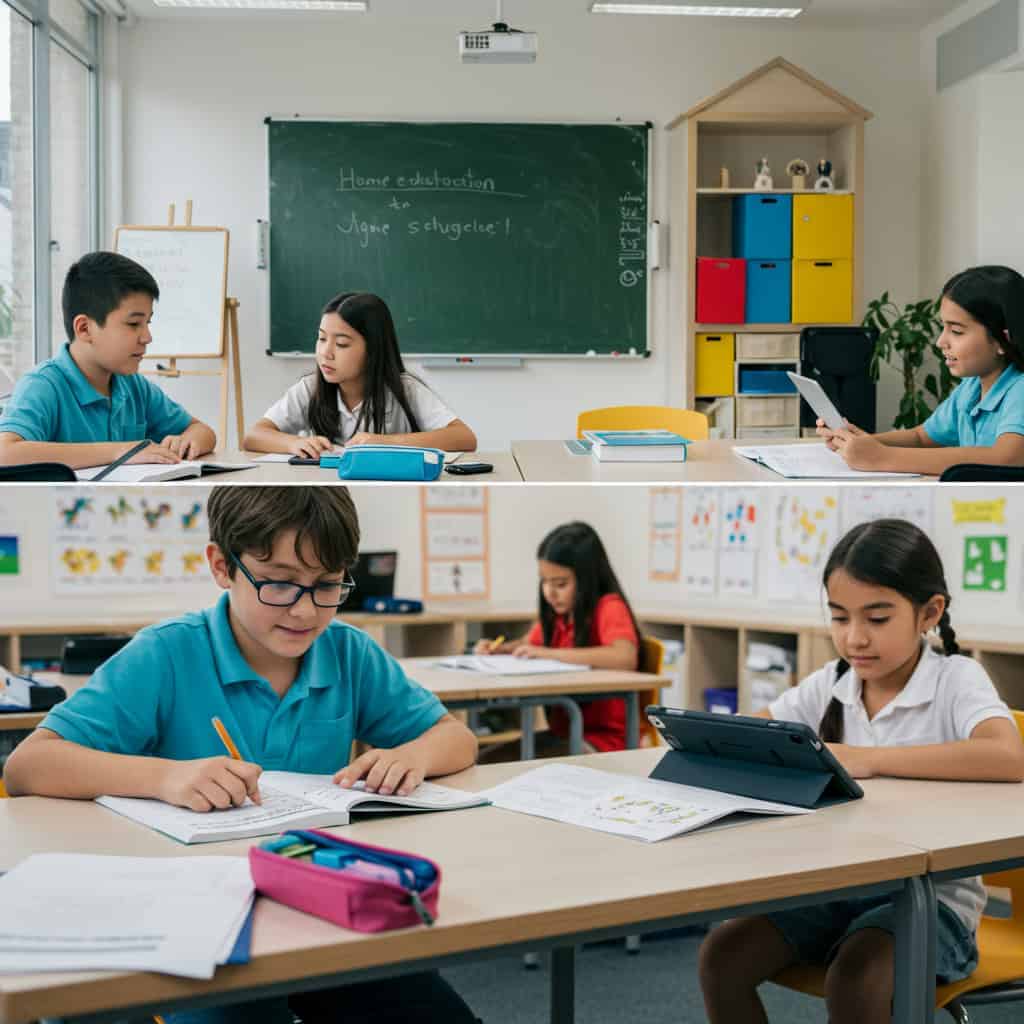
Hybrid education models combine in-person and online learning, allowing families to customize their child’s educational experience with greater flexibility. These programs may be available through public schools, private providers, or homeschool cooperatives, enabling students to benefit from both traditional classroom interaction and digital resources.
Conclusion

Choosing an alternative to traditional school is a personal decision, and there’s no shame in seeking the best fit for a child’s unique needs. Each pathway offers distinct advantages, and exploring these options can lead to a more positive and effective learning experience. What matters most is supporting children as they grow into curious, capable, and confident individuals.
.article-content-img img { width: 100% }




